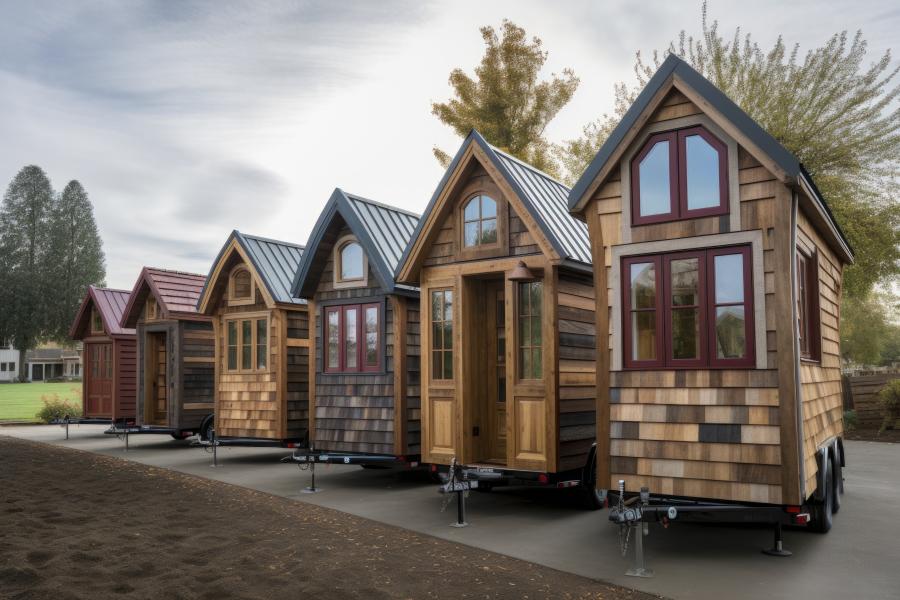

Copyright © 2023 Yalla Deals.

At a time when minimalism and sustainability are gaining more and more attention, a new housing trend is taking the world by storm:
microlife. Defined by an innovative approach to space optimization, microliving involves the creation of compact living spaces that prioritize functionality, efficiency, and reduced environmental impact. This trend is redefining urban living, challenging conventional notions about how much space we really need.
Title: Embracing Micro Living: The Growing Trend of Compact Living Spaces
Microliving is more than just downsizing; it is a lifestyle choice that encourages individuals to make the most of limited space while eliminating excess assets. These carefully designed micro-houses range from cozy studios to cleverly designed cottages, packing all the essentials into a piece of space traditionally used as a home. live. One of the driving forces behind the micro-living movement is the growing desire for a sustainable lifestyle. With limited space comes less power, resulting in a lower carbon footprint. The efficient use of resources, combined with the application of energy-saving technologies, allows the inhabitants of micro-organisms to significantly reduce energy and water consumption. This association with values that respect the environment attracts advocates of living in harmony with the environment.
Microliving is also suitable for urban lifestyles as city dwellers seek affordable housing solutions in densely populated areas. Rapid urbanization has led to an increase in demand for housing, which increases costs and often makes living in the city financially difficult. Microliving offers the solution by providing an affordable and space-saving alternative housing option.
The micro-living trend has sparked innovation in interior design and architecture. Innovative storage solutions, convertible furniture and multifunctional layouts are at the heart of small home designs. Walls that convert into beds, hidden drawers and foldable furniture allow residents to tailor their living space to different needs throughout the day. This approach not only maximizes space but also encourages an organized, clutter-free living environment.
However, embracing the microliving trend also requires a change in mindset. Letting go of unnecessary possessions and learning to live less can be a transformative experience, leading to a greater appreciation of what really matters. It's about prioritizing experiences and connections over material possessions.
Despite its compact nature, micro-living doesn't necessarily mean sacrificing comfort or style. Smart design choices, smart technology integration and attention to detail ensure that small homes remain welcoming and aesthetically pleasing. The focus shifts from the square footage to the quality of the space and how it enhances the overall living experience.
In short, micro-living isn't just a housing trend; it reflects shifting values and priorities in a world seeking a balance between modern conveniences and sustainable practices. By renovating living spaces and adopting a simpler lifestyle, micro-living offers the opportunity to live purposefully, reduce environmental impact, and rediscover the joy of living less. As the trend continues to grow, it is clear that tiny homes are still around, influencing the future of urban living and encouraging us all to think creatively about how we define homes. .